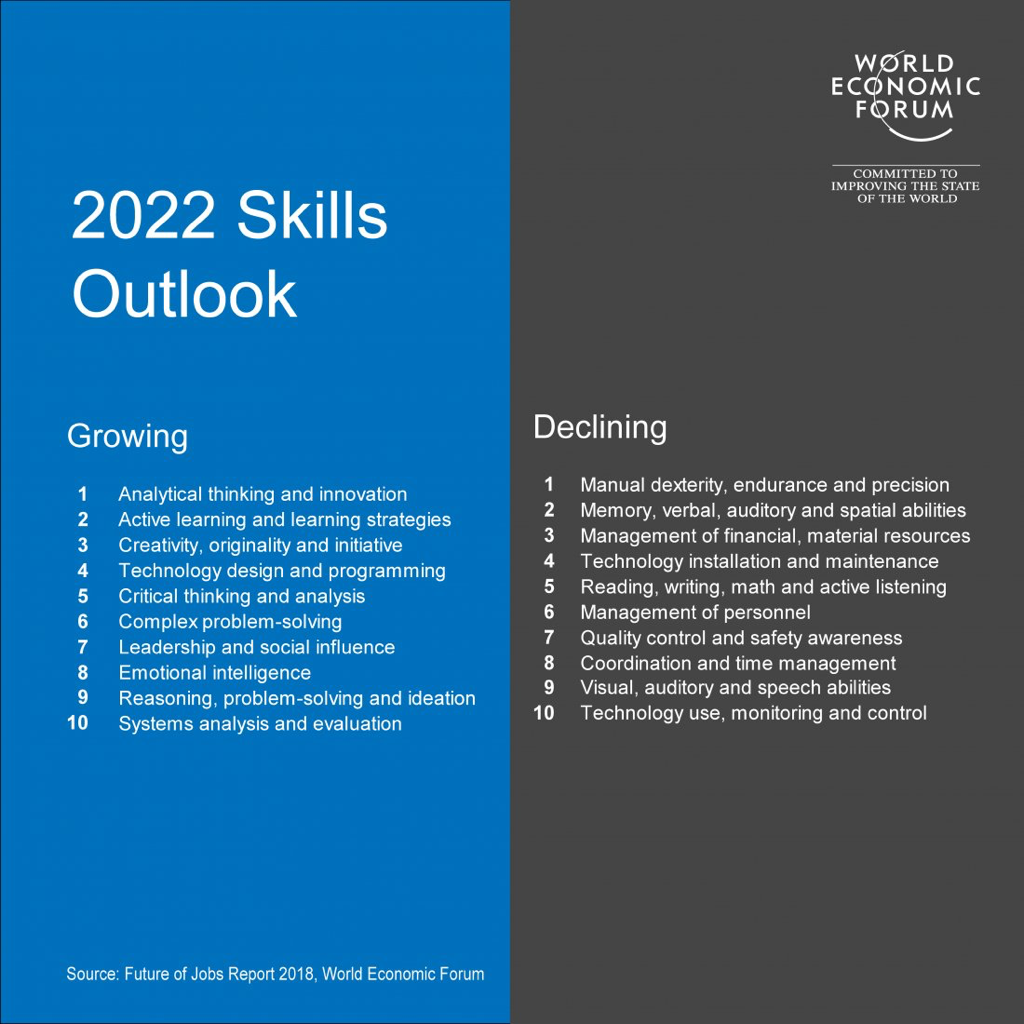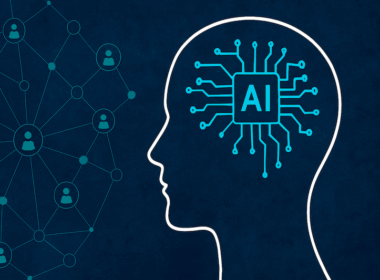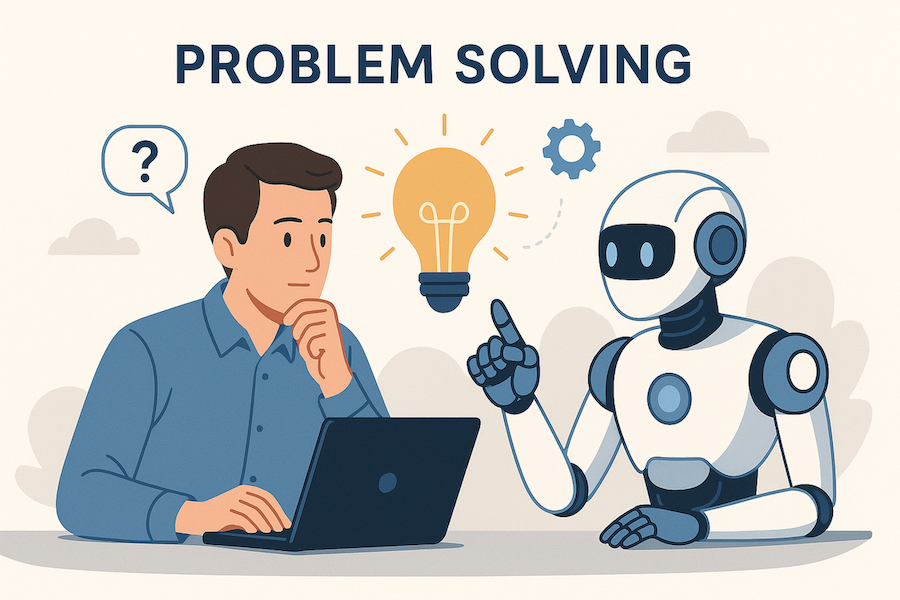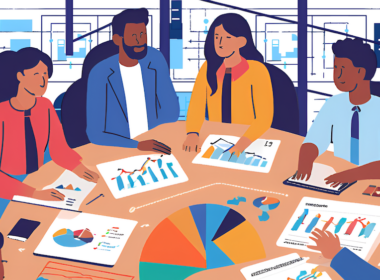We are in the early stages of a disruptive period that is set to alter how we all work. These changes may be so sweeping that in some cases we will have to transform entire careers into new areas as a result of Automation and Artificial Intelligence. Now, this should not be seen as immediately alarming as in most cases Artificial Intelligence is a complementary and supportive tool, especially in the early stages.
Change is one thing that has always been constant, jobs have continued to evolve over the centuries. Think about it, electric (Artifical) power was the first industrial revolution. Electricity allowed us to achieve tasks faster and on a grander scale than efforts done by humans alone by using electricity to amplify human muscle. During that time many jobs transformed and people focused on new areas. Education and training were one of the tools used to help move people into new areas. One thing to keep in mind is that the transition happened at a slower pace as compared to today’s rapid advancements. The speed of change today is a key reason we need to act now and start addressing this on a broader scale.
Artificial Intelligence is the next industrial revolution. Working together with the technology we can achieve things we could not do alone or at the same velocity. Artificial Intelligence will allow us to amplify our minds and achieve things we can’t do today. When you look at machines, they excel at frequent high-volume tasks, and by leveraging machines, we can increase productivity. As machines tackle the frequent high-volume tasks, our focus should be on novel situations to solve problems never seen before.
Corporations and the government need to start with a focus on helping people adapt to these coming changes. The foundational elements of our global economy are driven by rising wages which increases demand, which increases hiring, which in turns increases wages, demand and profits. If companies focus on leveraging Automation and Artificial Intelligence only as a tool to displace workers, this will have a significant impact on the global economy.
Our next steps in the Artificial Intelligence journey is to leverage technology to free up folks to do other tasks that are not getting enough focus or attention. We need to think about new areas of opportunity, new ways to achieve more. Doing so will help raise living standards, make products more affordable, and create new demand and new jobs that have never existed.
When thinking about how we should move forward, there is a need to focus on two core aspects of our work.
- Time-based tasks that involve large amounts of data
- Things that require human skills, innovation is by its very nature inefficient and requires connecting disparate things
Today machines do a great job answering the questions, but they are not good at asking the right questions. Look at your job and break it down to time-based tasks that involve data, vs. those the require human skills.
For example, a doctor could leverage Artificial Intelligence & Machine Learning to exam X-rays, or other body scans to help identify potential issues from the image when compared to large volumes of valid diagnosis from previous images. When a database of known illnesses such as Cancer is built into a model the ability for a doctor to leverage their skills and experiences, combined with the power of the technology could help increase detection or identify other aspects the doctor may not see. One example is how Microsoft researchers are working to solve cancer.
Mechanics could leverage data from equipment to predict pending equipment failures. Instead of having to dispatch folks after something has failed, individuals can be dispatch in a planned and organized schedule to proactively address the situation based on large volume data analysis. One example is the Connected Field Service vision leveraging Microsoft offerings.
These previous two examples are only scratching the surface as there are so many possibilities across all jobs. Both companies and individuals need to start being creative and looking for opportunities to bring the power of Artificial Intelligence into the workflow to compliment not replace people.
It’s time we all start thinking about the next steps. The first thing is to take a look at the trends that the World Economic Forum envision will be skill requirements by 2022. As you can see, there are elements that technology can help organizations excel and will be less of a need by employees. With that, there is still a wide range of analytical, creative, problem-solving, social influence, and other areas that are key focus areas that we need to help people transform into.

What should companies start doing today
- Identity areas where you can blend Artificial Intelligence into your organizational processes that augment and empower employees
- Identify new focus areas and project initiatives that could be achieved by employees as they gain more availability
- Focus on training people to do new jobs and learn to be adaptable
What should individuals start doing today
- Identify repetitive tasks you do that could be automated, work with your leadership team to build the automation
- Learn to adapt and how to be adaptable
- Focus on being a problem solvers, connecting disparate ideas
- Embrace an always learning mindset
- Focus on getting smart on something, understanding a broad range of skills and knowledge
- Be willing to fail fast, fail often, fail forward
Feel free to reach out to discuss how to transform your business or career through the use of today’s technologies. Let’s get ahead of the future and start transforming today!









